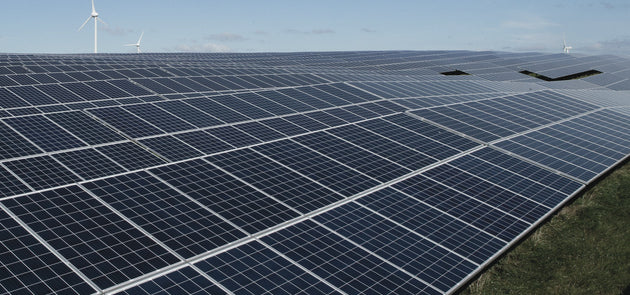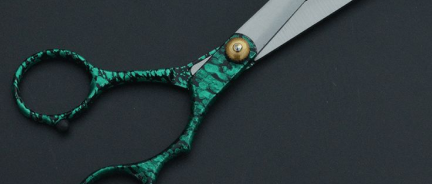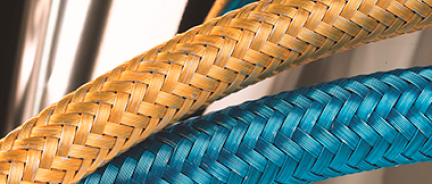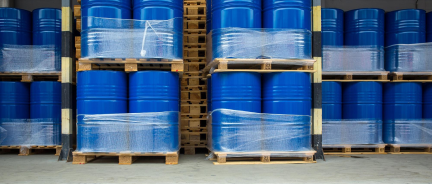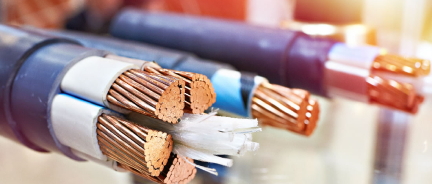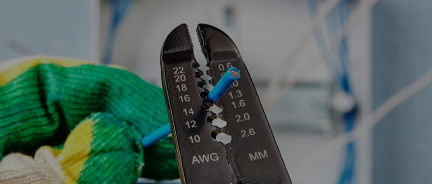What Is Cathodic Protection Cable and Why Do You Need It?

Cathodic Protection Cable, or cathodic cable, is a particular industrial building wire used in cathodic protection systems as a direct burial DC feeder cable or a header cable.
A Word On Cathodic Protection Systems
Cathodic protection is a special system or technique that protects industrial metals from corrosion by turning their surface into a particular electrode called a cathode. The method is used in oil and gas pipelines, submersible pumps, ships, marine structures, alternative energy farms, and other industrial objects with a high probability of corrosion. A cathodic protection cable is an essential component of the cathodic protection system.
Other Applications of Cathodic Protection Cables
Some applications of this electrical cable include wells, industrial structures submerged in water, pipelines, storage tanks, maritime transport, and direct burial structures. It is also used in oil rigs and marine rigs (both offshore and onshore). The electrical cord is rated at 600 volts. Applications of these cables are not limited to industrial objects. You can choose to have cathodic protection on any object affected by corrosion, including a building project.
What Makes Cathodic Protection Cables Different From Other Types Of Industrial Cables and Building Wire?
Cathodic protection cable is essentially a copper cable with the added benefit of cathodic protection added to its insulation and/or jacket. The jacket has a plastic element that has increased resistance to corrosion, up to 95+ percent. The jacket of the cable is stranded. Aside from corrosion, it offers excellent protection from moisture and chemicals accompanying industrial corrosion, as well as UV lights. Naturally, the cable is also well protected from the impact of salt.
Cathodic Protection Cable Insulation and Jacket
There are several types of insulation used to achieve this effect. All of them are tough and flexible at the same time. Standard options include High Molecular Weight Polyethylene (HMWPE) and Kynar (PVDF). In most cases, they are used together in a single cable with PVDF fluoropolymer acting as primary insulation and High Molecular Weight Polyethylene (HMWPE), taking the role of a protective jacket. The goal of HMWPE is to provide additional mechanical protection.
Buying Guide
Nassau National Cable offers two options of cathodic protection cables at excellent prices: HMWPE/ PVDF cable with an operating temperature rating of 150 C and a single-insulated HMWPE cable with a 75 C temperature rating. The former is designed for demanding industrial conditions, while the latter is cheaper.





